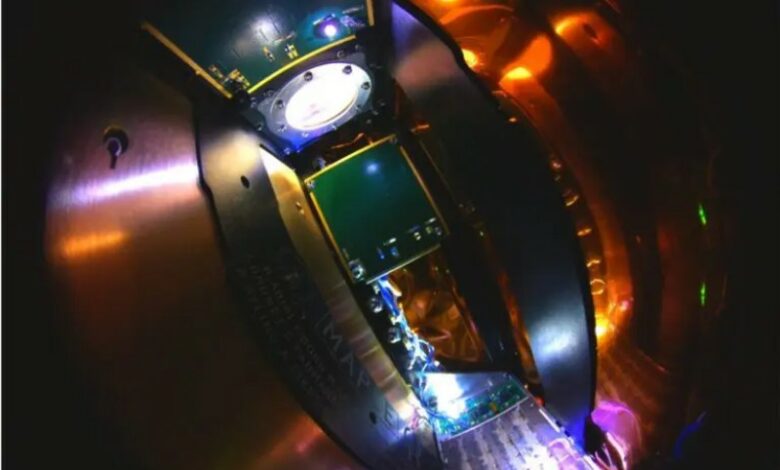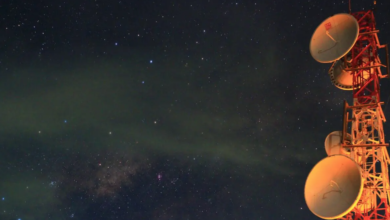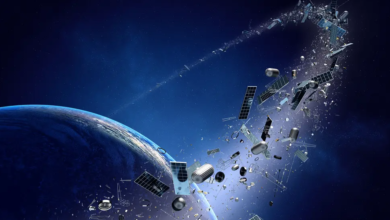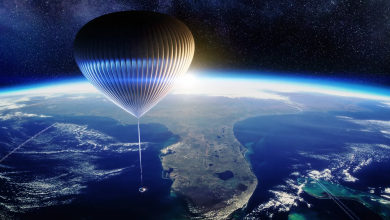Transmitting solar energy from Space, SSPD-1 is a success

Proven and tested three technological innovations
The space mission of the SSPD-1, the Space Solar Power Demonstrator, carried out by Caltech University and launched into orbit in January 2023, has finally come to an end. The advanced test bank had an important task: testing three technologies by which one day solar energy could be produced and transmitted from space to Earth. In detail three different experiments were installed on board the demonstrator:
DOLCE (Deployable on-Orbit ultralight Composite Experiment): a foldable structure, about 1.8 square meters wide, representing the basic modular architecture on which to install the photovoltaic modules
ALBA: 32 solar cells, each made with a different fv technology and optimized to withstand the difficult space conditions.
MAPLE (Microwave Array for Power-transfer Low-orbit Experiment): a series of flexible and lightweight microwave power transmitters.
Transmit solar energy from space: you can do it!
Now that the mission is definitely over scientists can toast to their success, despite some small problem recorded with DOLCE. “The test demonstrated the robustness of the basic concept, which allowed us to achieve a successful deployment despite two anomalies,” say Sergio Pellegrino, Joyce and Kent Kresa, aerospace and civil engineering professors and co-director of SSPP. “The problem-solving process provided us with many new insights and focused us on the connection between our modular structure and diagonal arms. We’ve developed new ways to counteract the effects of weight in lightweight deployable structures.”
The 240 days in orbit also allowed the study of the photovoltaic performance of three completely new classes of ultra-light solar cells – including several perovskite units – none of which had ever been in space before. But above all MAPLE has demonstrated its ability to transmit energy wirelessly from space to Earth, an absolute novelty in the field. The module experiments continued for eight months after the initial demonstration and the team pushed MAPLE to the limit to understand its potential weaknesses and improve them in future design.
These observations have already led to revisions in the design of various elements of MAPLE to maximize its performance over long periods of time,” says Ali Hajimiri, professor of electrical engineering and medical engineering and co-director of SSPP. “Space testing with SSPD-1 gave us more visibility into our blind spots and more confidence in our capabilities”.
Producing space solar energy, the study of NASA
Caltech’s celebrations come almost concurrently with NASA’s new report, titled “Space-based solar energy”. The document, held for more than a year for technical and political control, compares the cost of the life cycle of two conceptual systems of solar energy based on space with their potential to reduce net emissions. The result? According to the authors there seem to be no clear technical obstacles to a demonstration mission.
Not only. The use of technologies, currently being developed by NASA’s global partners today, could make it feasible to produce and transmit solar energy from space to Earth within two decades. “And because parts of this promising technology are currently or will soon be available, development does not require miracles, but only commitment,” writes the Space Agency.
However, the creation of a spatial photovoltaic system will require several significant challenges. Researchers should find ways to assemble and maintain large power plants in orbit, allow such plants to operate independently, and develop efficient energy transmission systems to bring the collected energy to Earth. These systems may have to operate in a geostationary orbit, higher than the low Earth orbit paths used by many of today’s satellites, which would pose additional challenges.





